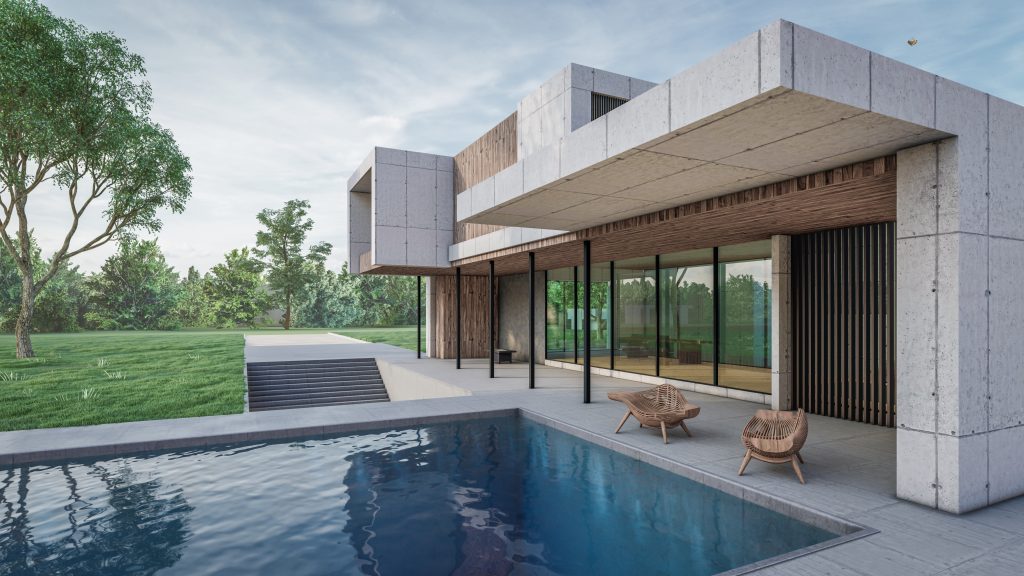97% of employees and employers believe that a lack of internal team cohesion impacts the result of a project. Still, it’s common for team members to struggle with working together, leading to setbacks in projects and overall results. Changes to your team’s communication style can boost internal relationships and results.
Team-Building Exercises
In order to streamline communication, people need to feel comfortable speaking up. That means that your company fosters a welcoming culture toward others’ opinions and provides constructive criticism. Team-building exercises and regular check-ins build trust by setting aside time for the team to meet together and discuss any concerns they have. These three articles share some great ideas for team-building activities:
- Top 50 Team-Building Games that Your Employees Would Love to Play
- 12 Awesome Team Building Games Your Team Won’t Hate
- 35 Team Building Activities Your Team Will Actually Love
In order to increase efficiency and reduce time-consuming errors, communication must be consistent both with the team and with any other departments you’re in contact with. A clear, structured conversation about what people are struggling with, next steps, and time for questions can go a long way — especially when working with other departments. When everyone is on the same page, all parts move smoother, leading to a strong, productive team.
Organization
Whether you’re using the latest project management software or a detailed to-do list in your notebook, organization is crucial in collaborating and tracking projects. Sometimes a visual organization style can keep team members more engaged. One way to do this is by creating a “clothesline,” where paper is hung from a string in the working space. Each project has a sheet that includes the project details, each team member’s schedule, the priorities, and overall goals. While we wait to return to the office, this could be a great way to manage your individual day-to-day tasks in your work from home space.
In the virtual world, online team management platforms may already be second nature to anyone collaborating remotely. These platforms provide the ability to assign tasks to specific team members, organize your individual pages for each project, or summarize remaining tasks and project timelines. Online organization platforms are especially convenient because they can be accessed from anywhere, anytime.
Process mapping
A process map aids in outlining your team’s current process and identifying opportunities to improve. Creating one streamlines and standardizes project tasks, improving efficiency and organization.
Some things to consider including in the process map are:
- The order of the tasks
- Who carries out the tasks
- The necessary materials for the project
- The sources of information that may be needed
- Any additional knowledge for the project (risks, controls, documents)
When creating a process map, it’s important to track what the action requires, from who, and to keep it as simple as possible.
A tip to keep the team engaged in the mapping process is to get creative with it. An example from Elisabeth Swan Managing Partner at goleansixsigma.com is to use different colored sticky notes on a wall and create lanes for each topic. Mapping the way that your team typically does things gives them a chance to step back and look at what’s working and what’s not.

Collaboration
Collaboration enables a productive community with rapid sharing of knowledge, increased work-flow efficiency, and strategic engagements. Architects are constantly balancing client expectations and design excellence. For a successful architecture design team, collaboration is crucial. Great collaboration is visible in the final product and in the experience among team members.
Collaboration and communication go hand-in-hand. Communicating with others is necessary to collaborate successfully and vice versa.
Award-winning architects Stuart Cohen and Julie Hacker say, “The best creative solutions come from working together to solve common problems.” Their success is due to their collaboration, specifically:
- Handling all design work together
- Attending all meetings together
- Balancing talents
- Keeping a client-first perspective
- Problem-solving together
Team manifesto
Just because you have a group of people working together does not mean you have a team. Creating a team takes time and trust. A shared vision and a strong leader who prioritizes open communication and collaboration is an integral part of a successful team. A team manifesto is a worthwhile way to develop the team’s shared vision. While it’s a practice that is more common in the tech world, it can easily be carried over to the building and architecture sector, since both industries share the practice of creating something from nothing.
Get your team together and form a loose framework to brainstorm in order to keep the meeting moving.
Create a list of shared goals that the manifesto should include. In the beginning, every idea from the room should be incorporated and accepted. The editing and fine-tuning will come later. Compile all of these ideas for everyone to see for a set amount of time.
As the list is done, wait a week and have everyone think about the list and what they prioritize from it. Once all of your team members know their priorities, it will be clear what people have in common. From there, you can fine-tune your manifesto. Present it in a meeting with your team, explaining your process and how everyone’s opinion was considered, while welcoming feedback.
These three articles can help you in building your team manifesto:


